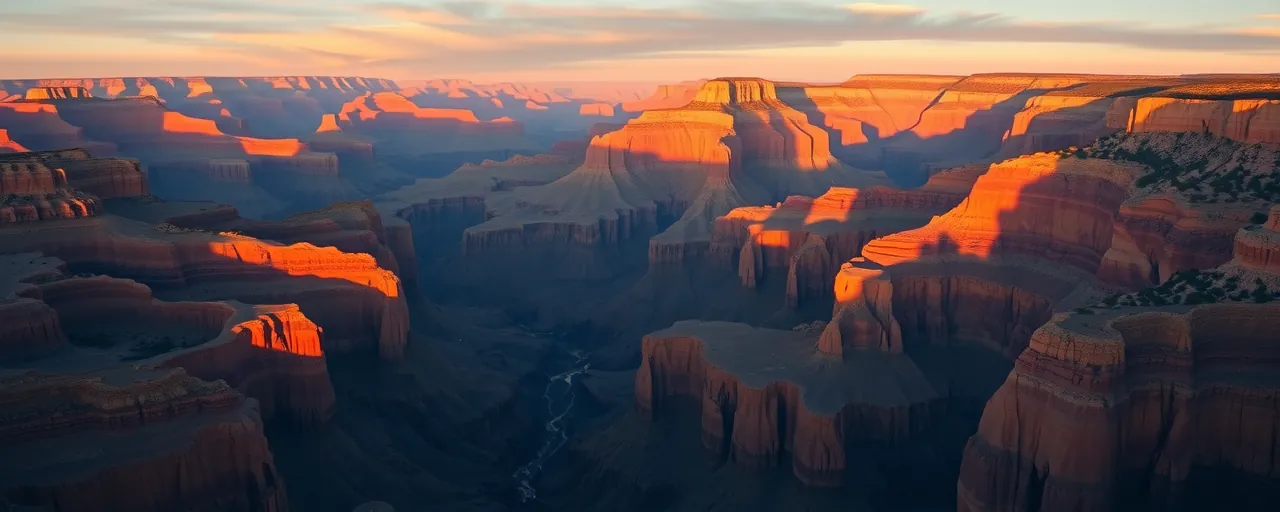Time to Tame Federal Excess
The federal government’s spending addiction demands a reckoning. President Trump’s 2026 budget, slashing over $1 billion from the National Park Service, confronts this head-on. This plan targets a bureaucracy that’s ballooned beyond its original purpose, piling on grants that mirror state efforts and fuel inefficiency. Taxpayers work hard for their money. Why should they bankroll redundant programs?
With 433 park units and a $4.8 billion budget, the National Park Service funds everything from rangers to dubious ‘climate resilience’ projects. Yet, a $12 billion maintenance backlog festers. Past spending sprees, like the $6.65 billion Great American Outdoors Act, failed to dent it. Trump’s proposal eliminates $73 million in construction grants, $77 million in recreation funds, and $197 million from the Historic Preservation Fund. This isn’t about gutting parks; it’s about pruning waste to protect them.
States Can Lead the Way
Local communities and states understand their parks better than Washington ever will. Trump’s plan to shift 350 smaller park units to state or tribal oversight embraces this truth. It’s federalism in action, not a retreat from stewardship. States like Montana and Arizona already manage public lands with efficiency, balancing conservation with local priorities. Centralized control, by contrast, breeds rigidity and waste.
Skeptics warn that without federal grants, states will hike fees or slash services. History tells a different story. After the 2013 budget sequestration, states adapted by streamlining operations and tapping private donors. The outcome was leaner, more responsive park systems. Local leaders, rooted in their communities, won’t let parks crumble. Why rely on distant bureaucrats when states can deliver?
Putting Taxpayers First
Hardworking Americans deserve a government that values their priorities—border security, defense, infrastructure—over discretionary park programs. Trump’s $900 million operations cut channels resources to iconic parks like Grand Canyon, ensuring their excellence, while shedding low-traffic sites that strain budgets. Every dollar spent on an obscure monument is a dollar diverted from securing our nation’s future.
Park advocacy groups highlight the $24 billion in economic activity from park visits, warning of job losses. But this overlooks how state-led management can sustain tourism. Private partnerships can maintain trails and historic sites without federal subsidies. Claims that 350 parks could close are fearmongering from groups like the National Park Conservation Association. States will innovate, ensuring viable parks thrive.
Debunking the Spending Myth
Park advocacy groups and Senate Democrats insist more funding is the answer, pointing to bipartisan bills like the America the Beautiful Act. Their logic falters. Billions in past investments, including the Infrastructure Investment and Jobs Act’s $1 billion for parks, haven’t cleared the maintenance backlog. Pouring more money into a flawed system only deepens the problem. Why repeat past mistakes?
These advocates often cloak their arguments in buzzwords like ‘equitable access’ and ‘climate resilience.’ These sound appealing but frequently mask funding for ideological initiatives that stray from the Park Service’s core mission. Taxpayers shouldn’t subsidize programs that prioritize political agendas over practical land stewardship. Trump’s plan realigns priorities, focusing on preservation, not politics.
A Vision for Stronger Parks
Trump’s budget isn’t a threat to our parks; it’s a lifeline. By trimming grants and empowering states, we can preserve our natural and cultural treasures without saddling future generations with debt. The federal government doesn’t need to micromanage every park to ensure their survival. Local control, fiscal discipline, and private innovation will keep our parks vibrant and accessible.
Two paths lie ahead. One clings to a bloated, inefficient system that buries parks in red tape and deficits. The other embraces reform, respecting taxpayers and strengthening communities. The choice is ours. Will we let outdated models hold us back, or will we support Trump’s plan for a leaner, more resilient Park Service? The future of our parks depends on bold action now.
